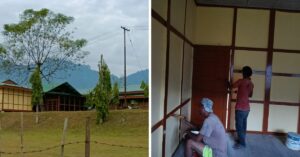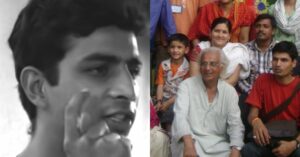The First ‘Modern’ Parsi Temple: Meet the Man Who Chased This Vision from 2004
The new fire temple will perform navjotes of children from inter-racial marriages, solemnise marriages and perform funeral rituals.
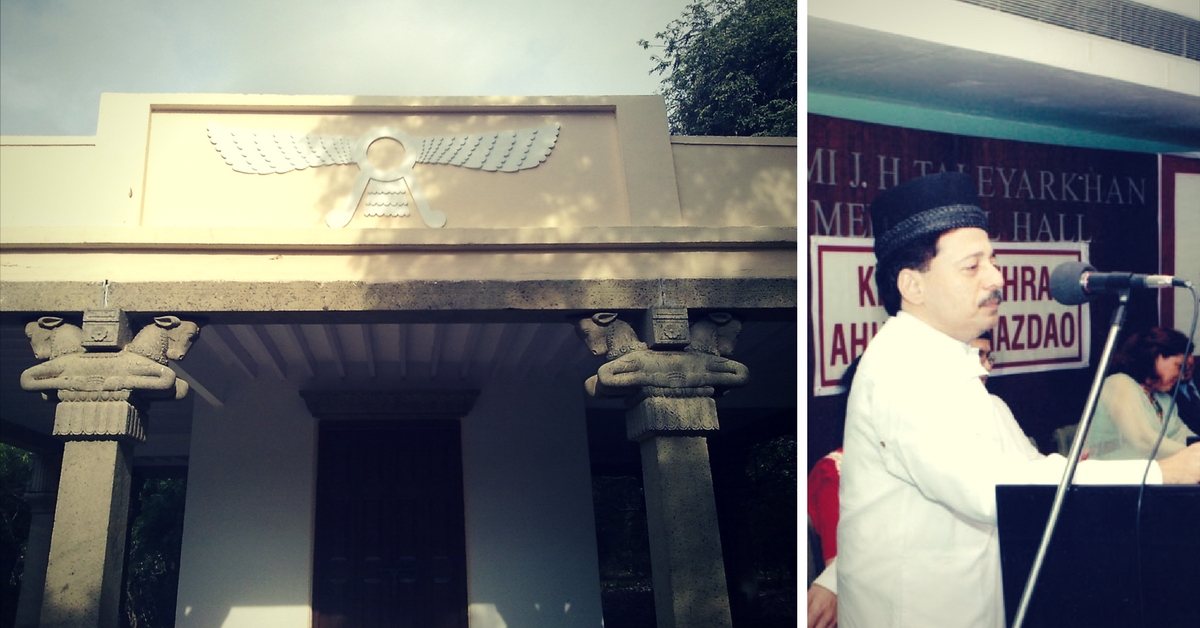
The Parsi community in India is facing extinction. Vispy Wadia, a reformist, was alarmed by the 2004 census, which yielded just 69,000 Parsis. Together with his brother, he decided to do something that would help bring numbers up, in a healthy way.
Fast forward to 2015 and Wadia and his brother were busy collecting funds to build a fire temple. A place of worship inclusive enough to allow people of other faiths to come and pray if need be. This decision was not taken by accident. It was the result of Vispy’s observations over an extended period.
In the small, tightly-knit Parsi community, marrying outside is frowned upon, and actively discouraged. This is a dated viewpoint, not applicable in the 21st century. In Mumbai, which has the maximum Parsi population in India, 35% of the population is marrying outside the community.
Elders in the community are not in favour of including children of mixed marriages into the community fold. Which is a disastrous point of view, given that if you exclude one person, you are excluding potential future generations, thus affecting numbers adversely.
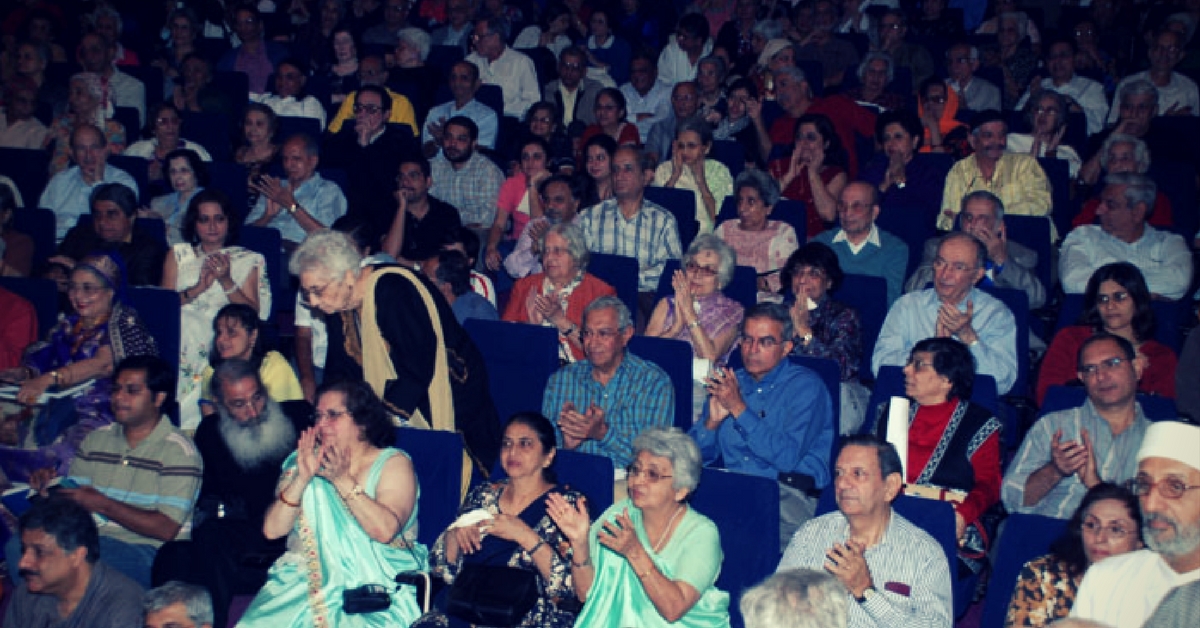
The community is split in regards to this view, and people are arguing for and against allowing children of mixed marriages into places of worship. However the rules are not homogenous, and different scenes play out in different locations. Some fire temples deny entry; some do not.
Ambiguous standards prevail, and it is often children who face the brunt of these archaic rules.
Consider a simple example. A child born to a Parsi father and non-Parsi mother can accompany both his parents to their respective places of worship. However, his mother cannot enter the fire temple. This leaves a bitter taste in the child’s mouth, who begins to realise the elitist and exclusive nature of the faith.
Vispy Wadia has always looked for a sustainable and reasonable solution. Since 2005, after founding the Association for Revival of Zoroastrianism, he has raised prominent questions – including sensitive ones, regarding the last rites.
When Parsis die, they are put on the Tower of Silence, for vultures to consume them. In the absence of vultures, solar heaters are used to burn the body.
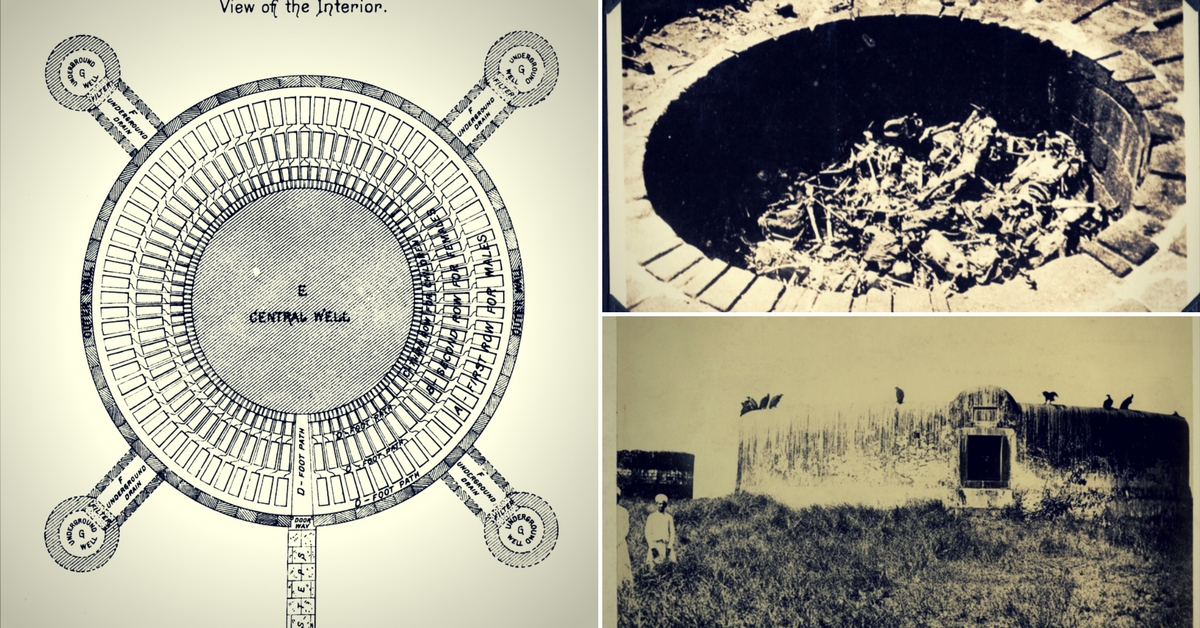
However, these aren’t very efficient, the result being that the tower often has several decomposing corpses, which are collected and buried in a mass-grave when the tower is occasionally cleaned.
This is a catch-22 situation because high priests refuse to perform the last rites of those who aren’t put into the Tower, citing religious reasons. But there are rarely any birds to eat the bodies.
Vispy Wadia’s reformist actions include allowing people to opt for cremation and organising priests to perform last rites for them. He helps those who wish to pass over in a more dignified manner.
The reformist activities, and solicitation of funds, finally bore fruit this year, when a Rs 2.5 crore shrine, backed by prominent donors like lawyer Fali Nariman, corporate honcho Cyrus Guzdar, ex-advocate general Darius Khambata, industrialist Anu Aga and the Pirojshah Godrej Foundation, came into being.
This fire temple is unique—it allows and recognises children of Parsis married outside the community. And, in a first, allows the entry of non-Parsis.
Located in the Kondhwa area in Pune, this temple will definitely ruffle the feathers of conservatives, as the Pune Mirror reports.
The fire temple opened its doors with much pomp and splendour. An inauguration ceremony with a ‘jashan’, was attended by over 100 Parsis and non-Parsis, some of whom were ex-communicated for marrying outside the community.
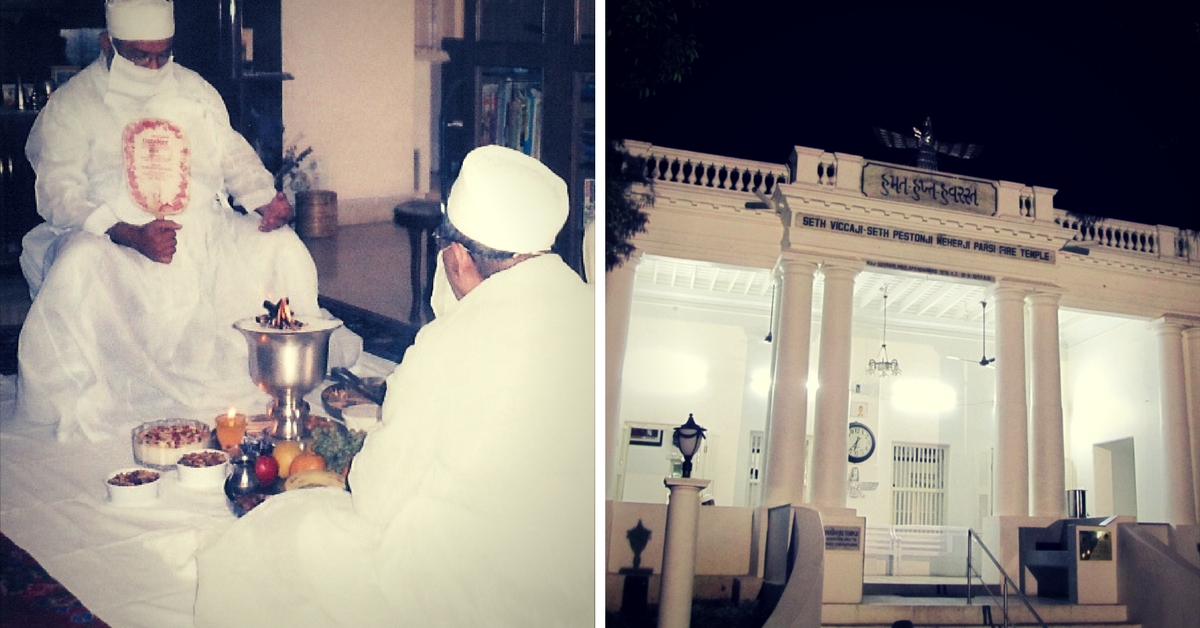
The attendance was marked by emotional moments, like when Meher Spanberg’s three grandchildren, Carl Rodin, Emily Rodin and Yakub Rodin, flew all the way from Norway, to be a part of the event. Emily was delighted to witness age-old traditions, being her first time in a fire temple, she said to the Pune Mirror.
Says Dasturji Khushroo Fali Madan, who worked at the J D Agiyari in Colaba for two decades:
“If you read the book of five ‘Gathas’ or spiritual hymns composed by Zarathustra, it mentions that non-Parsis can follow our religion. Unfortunately, our so-called orthodox scholars think otherwise.”
The new fire temple is just a step that Vispy Wadia hopes will help keep families united. He is against the notion of making people stand outside in places of worship, just because they are debarred due to obsolete rules.
He says that ultimately, putting caste and creed aside, people marry because they’re in love. Keeping that in mind, the Pune fire temple allows and welcomes people of all faiths, even allowing them to choose their preferred method for last rites.
The journey wasn’t smooth, says Wadia. Those who were expected to lend support suddenly vanished. But, surprisingly, newer helping hands and supportive voices emerged. Sometimes, funding would stop, but Wadia ensured the construction work at the fire temple never ceased, no matter what.
Wadia’s vision is reflected on the Association for Revival of Zoroastrianism’s page, whose activities are inspired by the teachings of the Holy Prophet, which are universal, and devoid of discrimination of caste, creed, colour, religion, community, gender and marital status, etc.
You may also like: Fire, Fragrance, Food & Friendship: Here’s All You Need to Know About the Parsi New Year
The association aims to emphasise that racism is wrong, and wishes to bring about reforms in the society at large, based on the teachings of Zarathustra.
Like this story? Or have something to share? Write to us: [email protected], or connect with us on Facebook and Twitter.
NEW: Click here to get positive news on WhatsApp!
This story made me
- 97
- 121
- 89
- 167
Tell Us More
We bring stories straight from the heart of India, to inspire millions and create a wave of impact. Our positive movement is growing bigger everyday, and we would love for you to join it.
Please contribute whatever you can, every little penny helps our team in bringing you more stories that support dreams and spread hope.






